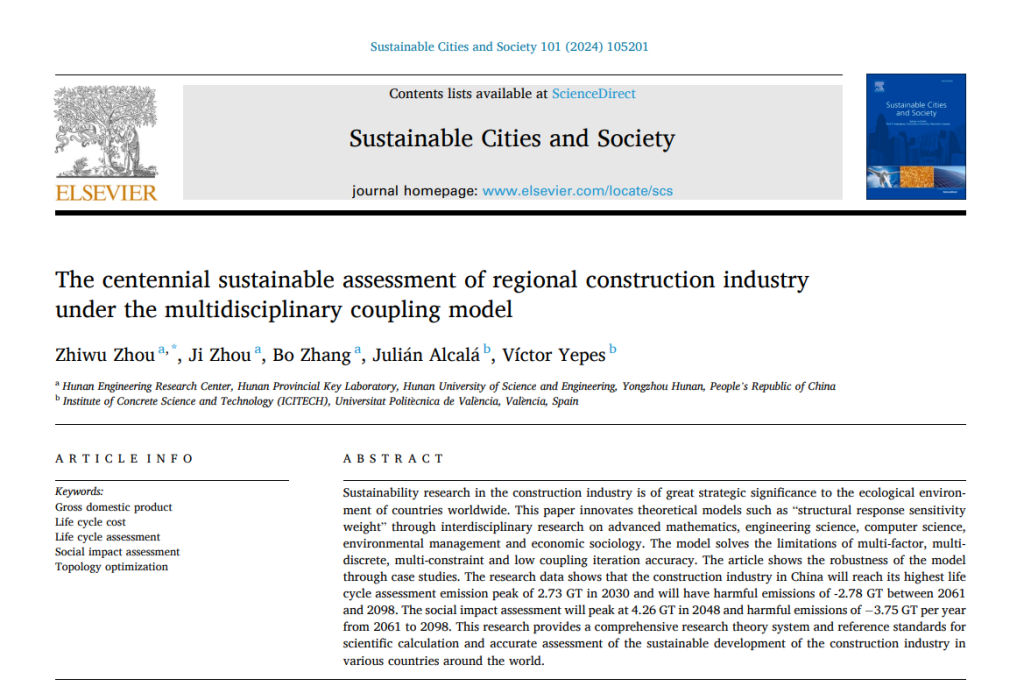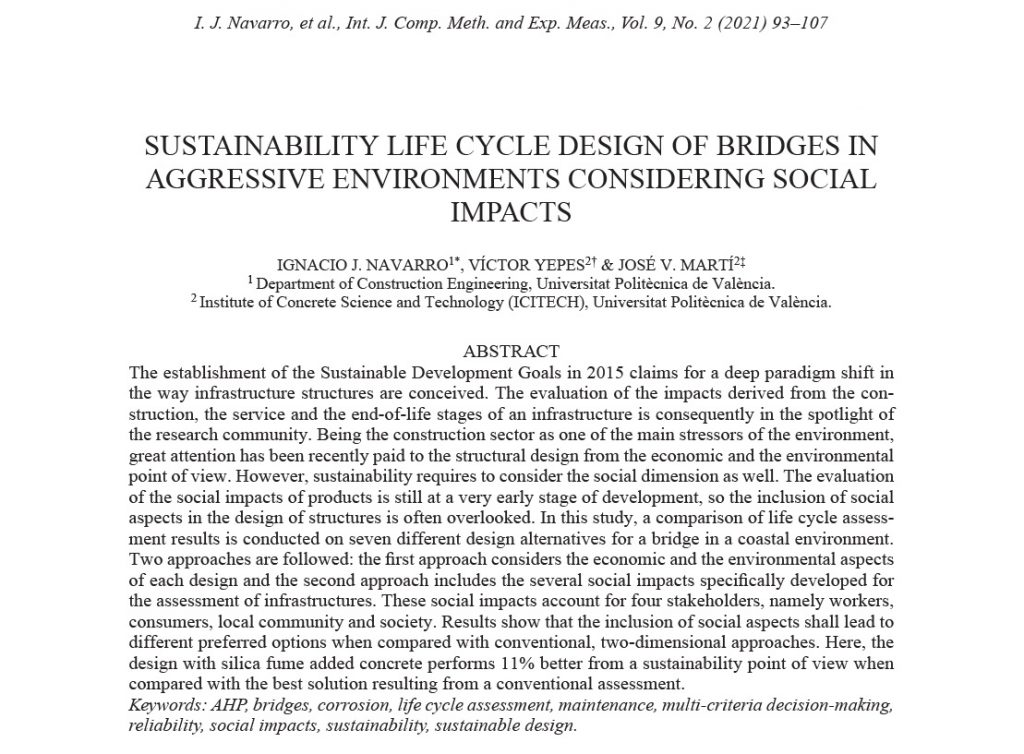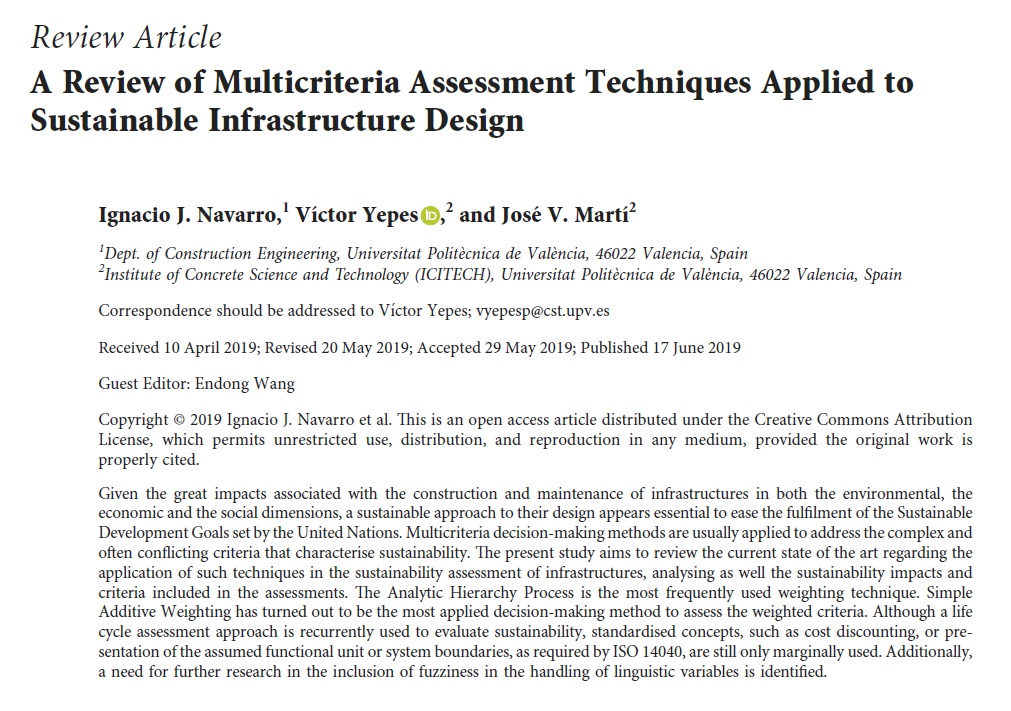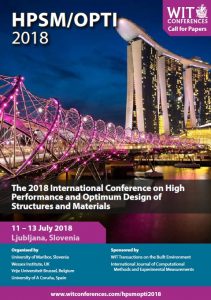 Nos acaban de publicar en la revista Sustainable Cities and Society (1/68, CONSTRUCTION & BUILDING TECHNOLOGY, primer decil del JCR) un artículo relacionado con la evaluación del desarrollo sostenible de la industria de la construcción regional y nacional.
Nos acaban de publicar en la revista Sustainable Cities and Society (1/68, CONSTRUCTION & BUILDING TECHNOLOGY, primer decil del JCR) un artículo relacionado con la evaluación del desarrollo sostenible de la industria de la construcción regional y nacional.
El trabajo se enmarca dentro del proyecto de investigación HYDELIFE que dirijo como investigador principal en la Universitat Politècnica de València. Se corresponde con la colaboración internacional que mantiene nuestro grupo de investigación con la Hunan University of Science and Engineering, de China. El primer autor, Prof. Zhou, sigue perteneciendo a nuestro grupo de investigación, pues desarrolló con nosotros su tesis doctoral.
Los datos de la investigación muestran que la industria de la construcción en China alcanzará su pico más alto de emisiones, según la evaluación del ciclo de vida en 2030 y tendrá emisiones nocivas entre 2061 y 2098. La evaluación del impacto social indica que se alcanzará su punto máximo en 2048.
Las contribuciones más relevantes de esta investigación son las siguientes:
- El artículo innova modelos teóricos, como la «ponderación de la sensibilidad de la respuesta estructural», a través de una investigación interdisciplinaria, que aborda las limitaciones de la precisión de la iteración multifactorial, multidiscreta, con múltiples restricciones y con un bajo acoplamiento.
- La investigación proporciona un sistema integral de teoría de la investigación y estándares de referencia para el cálculo científico y la evaluación precisa del desarrollo sostenible de la industria de la construcción en varios países del mundo.
- El documento presenta un modelo, el «peso de sensibilidad a la respuesta estructural (SRSW)», que determina de forma precisa e intuitiva los resultados de la evaluación del desarrollo sostenible de la industria de la construcción regional y nacional.
- La investigación incluye estudios de casos para demostrar la solidez del modelo, y muestra el pico de emisiones y las emisiones nocivas más altas de la industria de la construcción en China según la evaluación del ciclo de vida más alto.
- La investigación contribuye al campo de la investigación sobre sostenibilidad en la industria de la construcción, ya que proporciona información y datos para que los responsables políticos y los profesionales tomen decisiones informadas con respecto al entorno ecológico.
ABSTRACT:
Sustainability research in the construction industry is of great strategic significance to the ecological environment of countries worldwide. This paper innovates theoretical models such as “structural response sensitivity weight” through interdisciplinary research on advanced mathematics, engineering science, computer science, environmental management and economic sociology. The model solves the limitations of multi-factor, multi-discrete, multi-constraint and low coupling iteration accuracy. The article shows the robustness of the model through case studies. The research data shows that the construction industry in China will reach its highest life cycle assessment emission peak of 2.73 GT in 2030 and will have harmful emissions of -2.78 GT between 2061 and 2098. The social impact assessment will peak at 4.26 GT in 2048 and harmful emissions of −3.75 GT per year from 2061 to 2098. This research provides a comprehensive research theory system and reference standards for scientific calculation and accurate assessment of the sustainable development of the construction industry in various countries around the world.
KEYWORDS:
Gross domestic product; Life cycle cost; Life cycle assessment; Social impact assessment; Topology optimization.
REFERENCE:
ZHOU, Z.; ZHOU, J.; ZHANG, B.; ALCALÁ, J.; YEPES, V. (2024). The centennial sustainable assessment of regional construction industry under the multidisciplinary coupling model. Sustainable Cities and Society, 101:105201. DOI:10.1016/j.scs.2024.105201
La editorial ELSEVIER permite el acceso directo y gratuito a este artículo hasta el 8 de marzo de 2024. El enlace para la descarga es: https://authors.elsevier.com/c/1iRse7sfVZE2dg










